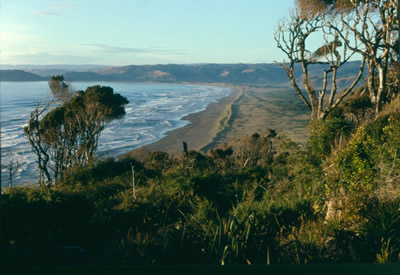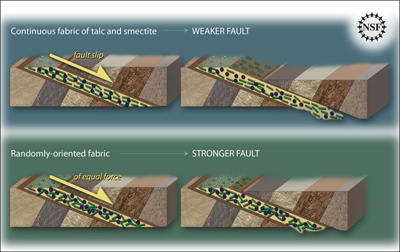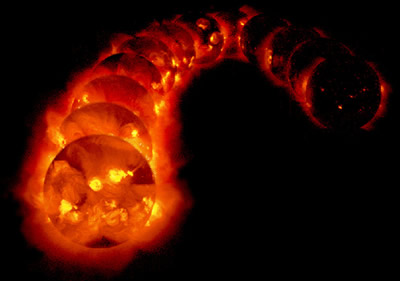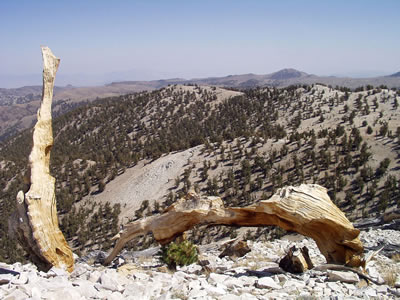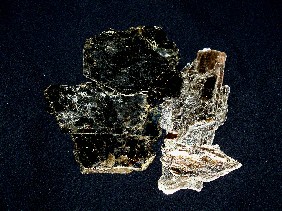Click on image for full size
Courtesy of Tom Dillehay, Vanderbilt University
Ancient Beachcombers May Have Traveled Slowly
News story originally written on May 8, 2008
Archaeologists have come up with some new evidence at Monte Verde, which is located in southern Chile. They have confirmed that Monte Verde is the earliest known settlement in the Americas and that early human migration occurred along the Pacific Coast more than 14,000 years ago. But archaeologists still have questions about just how quickly that migration happened.
Most scholars now believe that people entered North America through the Bering Strait land bridge more than 16,000 calendar years ago. It is not known whether people colonized the Americas by moving along the Pacific coast, through interior routes, or both.
Although the site is located 50 miles from the Pacific coast and 10 miles from an inland marine bay to the south, the research team identified nine species of seaweed and marine algae found in the settlement. The samples were directly dated between 14,220 to 13,980 years ago, which is 1,000 years earlier than other human settlements in the Americas. This shows that early immigrants could have moved south along the shoreline, eating familiar coastal food.
The researchers also found a number of inland resources, including gomphothere meat (meat from an extinct elephant-like animal that was common in the Americas 12-1.6 million years ago). This suggests that the immigrants moved back and forth between the coast and inland areas.
"We have no hard evidence that people migrated either rapidly or slowly along the coast," said Tom Dillehay, professor of anthropology at Vanderbilt University, who led the study.
Evidence to support the coastal migration theory is hard to find because sea levels at the time were about 200 feet lower than today. As the sea level rose, it covered most of the early coastal settlements. But the seaweed finding in this study shows that the migrants used coastal resources, so it is likely that they also used the coast for their migration.


